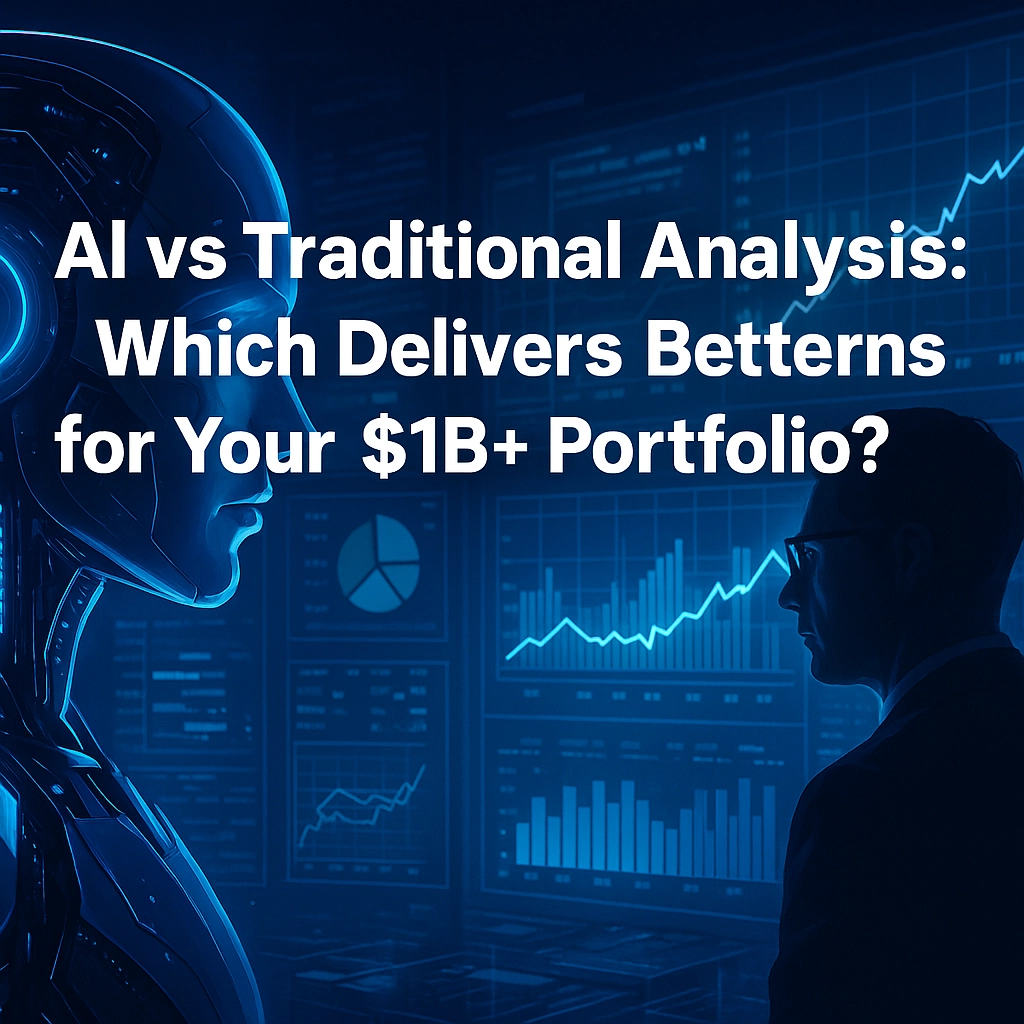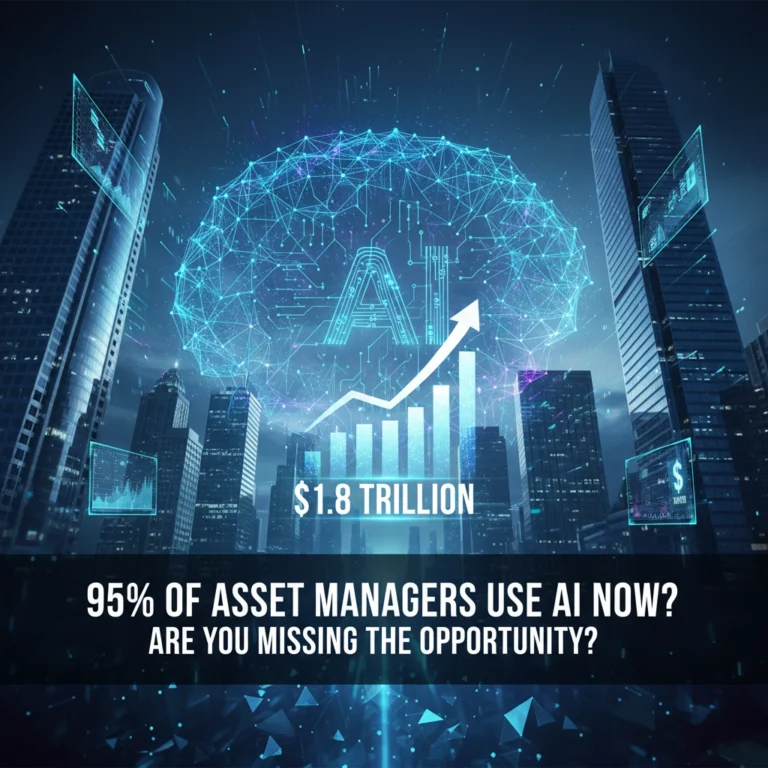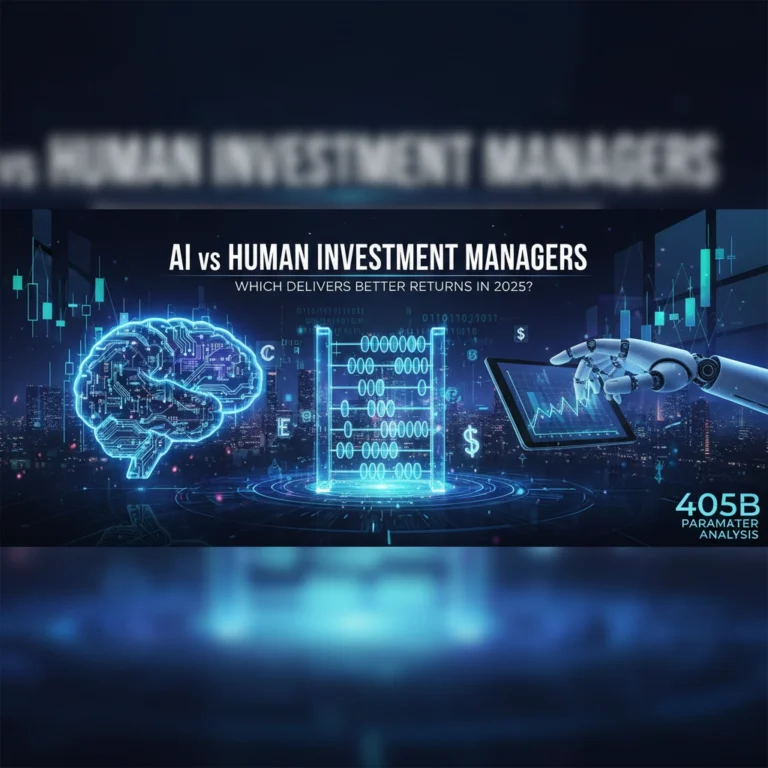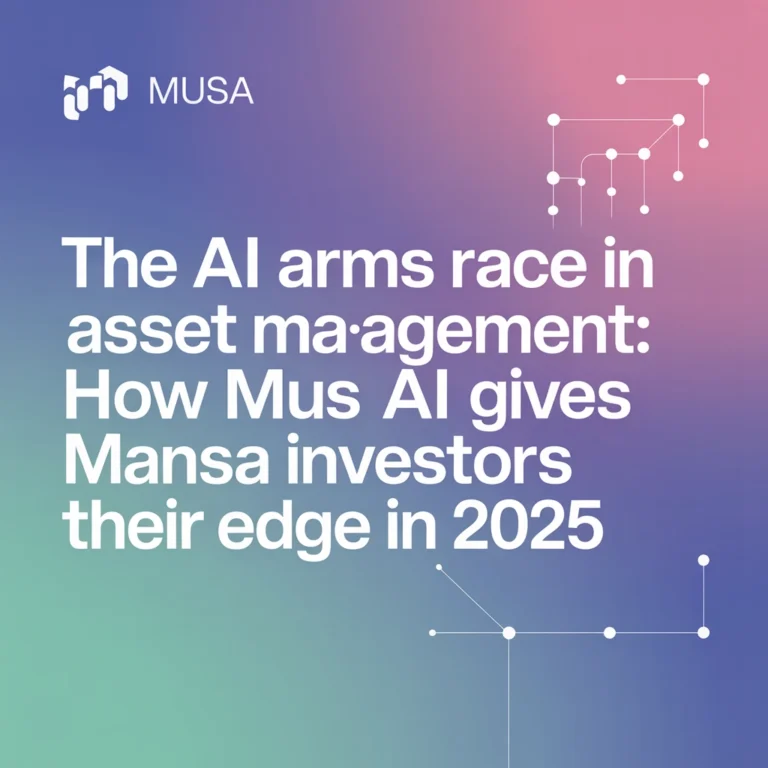AI vs Traditional Analysis: Which Delivers Better Returns for Your $1B+ Portfolio?

The investment management landscape is experiencing a seismic shift. For $1B+ portfolios, the question isn't whether to embrace AI-powered analysis anymore: it's how quickly you can implement it without sacrificing the proven strengths of traditional methods. Recent performance data suggests that early AI adopters are delivering top-quartile returns while reducing operational costs, but the full picture is more nuanced than the headlines suggest.
The Case for Traditional Portfolio Analysis
Traditional portfolio management has guided institutional investing for decades, built on human expertise, fundamental analysis, and established quantitative models that have weathered multiple market cycles. The approach relies heavily on experienced portfolio managers who can interpret complex market dynamics, regulatory changes, and macroeconomic shifts that aren't always captured in historical data.
Human insight remains irreplaceable in certain scenarios. When markets face unprecedented events: like the 2008 financial crisis or the COVID-19 pandemic: experienced managers can make judgment calls that purely algorithmic systems might struggle with. Traditional approaches excel at incorporating qualitative factors such as management quality, competitive positioning, and industry dynamics that require contextual understanding and years of market experience.
The regulatory compliance framework for traditional methods is well-established and understood. Institutional investors know exactly how to document decisions, maintain audit trails, and satisfy regulatory requirements using conventional approaches. This creates a level of operational certainty that's particularly valuable for pension funds, endowments, and other fiduciary-responsible entities.
However, traditional methods face significant limitations in today's data-rich environment. Processing speed becomes a critical bottleneck when dealing with $1B+ portfolios that might include thousands of positions across multiple asset classes. Traditional analysis depends on limited datasets and is susceptible to cognitive biases that can systematically impact decision-making. The manual effort required for comprehensive analysis increases operational costs and introduces human error risks that compound at scale.

The AI Revolution in Portfolio Management
AI transforms portfolio management through machine learning models, algorithmic trading, and comprehensive data analytics that process vast datasets instantaneously. Modern AI systems can analyze thousands of variables simultaneously: from granular fundamental data to alternative datasets like satellite imagery, social sentiment, and real-time news flows: providing a more comprehensive view of investment opportunities than traditional methods could ever achieve.
Advanced pattern recognition represents perhaps the most significant advantage of AI-powered analysis. While traditional linear models simplify investment environments into specific factors, machine learning allows for development of models based on a more realistic, less simplified world. ML-derived alpha models have consistently demonstrated superior performance in predicting cross-sectional equity returns compared to traditional approaches.
Real-time data processing capabilities enable AI systems to identify and act on opportunities as they emerge, rather than waiting for quarterly reviews or monthly rebalancing cycles. This speed advantage becomes particularly valuable in volatile markets where pricing inefficiencies may exist for only brief windows. Automated trade execution can capitalize on these opportunities while human-managed portfolios are still analyzing the data.
Dynamic risk management through AI systems continuously adapts portfolio exposure based on changing market conditions. Rather than relying on static risk models that require periodic manual updates, AI-powered systems can adjust risk parameters in real-time, potentially avoiding significant drawdowns during market stress periods.

Performance Evidence: The Numbers Don't Lie
The quantitative evidence supporting AI-powered approaches is becoming increasingly compelling. Correlation Ventures disclosed that their AI model's investment picks outperformed industry averages and delivered top-quartile returns with notably lower loss ratios. This suggests that AI isn't just matching traditional performance: it's meaningfully exceeding it while reducing downside risk.
Lab^X developed an AI system that can predict with over 80% accuracy whether an investment will generate high ROI within a seven-year timeframe. This level of predictive accuracy far exceeds what traditional analysis typically achieves, particularly over longer time horizons where multiple variables can impact outcomes.
Google's venture capital arm, GV, reported that their data models helped flag potential pitfalls and avoid poor investments, improving their overall hit rate over time. This risk mitigation capability represents a significant competitive advantage, as avoiding major losses often contributes more to long-term performance than capturing outsized gains.
Detailed Performance Comparison
| Dimension | Traditional Analysis | AI-Powered Analysis |
|---|---|---|
| Data Processing | Limited to historical trends and conventional reports | Comprehensive analysis of real-time and historical data across multiple sources |
| Decision Speed | Slower, dependent on human analysis and meeting schedules | Automated, immediate responses to market shifts and opportunities |
| Pattern Recognition | Linear relationships, simplified factor models | Complex non-linear patterns, multidimensional analysis capabilities |
| Risk Management | Static models, periodic rebalancing cycles | Continuous adaptation using predictive analysis and real-time monitoring |
| Scalability | Resource-intensive for large, complex portfolios | Highly scalable across extensive asset universes without proportional cost increases |
| Bias Reduction | Subject to cognitive and emotional biases | Data-driven assessments that minimize systematic human error |
| Cost Efficiency | Higher operational costs due to manual processes | Lower costs through automation and operational efficiency gains |
| Market Coverage | Limited by human bandwidth and expertise areas | Comprehensive coverage across asset classes and geographic regions |

Strategic Implementation Recommendations
For Growth-Oriented $1B+ Portfolios, AI-powered analysis offers compelling advantages through superior pattern recognition, real-time optimization, and scalable processing capabilities. The performance evidence suggests meaningful outperformance potential, particularly for portfolios seeking alpha generation and dynamic risk management. These portfolios should prioritize full AI integration within 12-18 months to maintain competitive positioning.
Conservative institutional mandates may benefit from a hybrid approach that combines AI analytics with traditional oversight. Use AI systems for data processing, pattern identification, and trade execution while maintaining human judgment for strategic allocation decisions and risk oversight. This approach captures the efficiency gains of AI while preserving the institutional knowledge and risk management culture that conservative mandates require.
Emerging market and alternative investment strategies represent particularly strong use cases for AI implementation. Traditional analysis struggles to process the diverse, unstructured data sources that characterize these markets. AI's ability to identify complex relationships across multiple variables: including political risk indicators, currency movements, and local economic data: provides significant advantages in less efficient markets where information asymmetries create opportunity.
The operational efficiency gains alone justify AI adoption for most $1B+ portfolios. Beyond potential return enhancement, AI systems reduce the administrative burden of portfolio management, improve reporting capabilities, and enhance compliance monitoring. These benefits compound over time, creating sustainable competitive advantages that extend beyond pure investment performance.
The Hybrid Future
The most successful large portfolios are likely to adopt hybrid approaches that leverage AI's computational power while preserving human insight for strategic decisions. This isn't about replacing portfolio managers: it's about augmenting their capabilities with tools that can process information at unprecedented scale and speed.
The evidence strongly suggests that $1B+ portfolios cannot afford to ignore AI's potential impact on returns and operational efficiency. However, implementation requires careful consideration of existing processes, regulatory requirements, and organizational culture. The question isn't whether AI will transform portfolio management, but how quickly sophisticated investors can adapt to capture its advantages while managing transition risks effectively.
For institutional investors serious about maintaining competitive returns in an increasingly complex market environment, the time for AI integration is now. The performance gap between early adopters and traditional-only approaches appears to be widening, creating opportunity costs that may become increasingly difficult to overcome.






